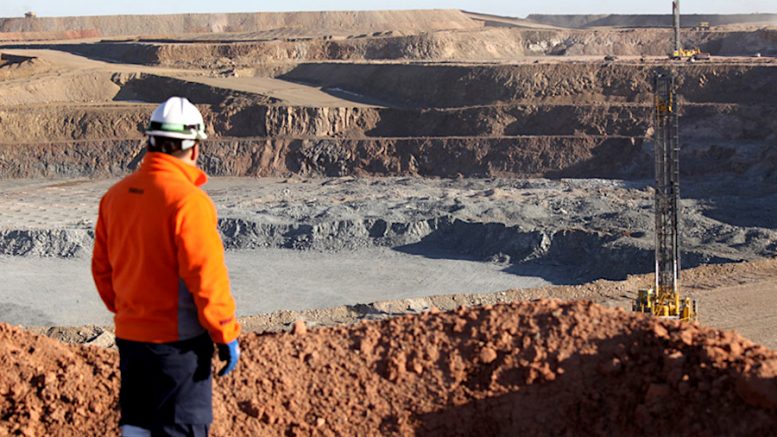Rio Tinto (NYSE: RIO; LSE: RIO; ASX: RIO) is challenging the findings of an independent review into US$1.4 billion in cost overruns and delays at the Oyu Tolgoi mine in Mongolia, restating the project’s troubles were caused by unpredictable geology issues.
The Independent Consulting Group’s (IGG) report concluded last month that poor management was the main reason the mine’s underground expansion has run into problems affecting its cost and timeline.
While Rio Tinto has said it understands stakeholders’ frustration it believes the review did not sufficiently recognize the full impact of weaker than expected rock conditions, which forced the mining giant to redesign the project.
Costs to expand the Oyu Tolgoi mine, Rio Tinto’s biggest copper growth project, have ballooned up to US$6.75 billion from the company’s original budget of US$5.3 billion in 2016, and this led to friction over funding with Turquoise Hill Resources (TSX: TRQ; NYSE: TRQ). The companies finally reached an agreement in April.
Turquoise Hill, in which Rio Tinto has a 50.8% stake, owns 66% of Oyu Tolgoi. The rest is held by the Mongolian government.
“We are concerned that the report takes a narrow view of what constitutes geotechnical impacts on the project,” Rio Tinto’s head of projects, Mark Davies, said in a letter to Mongolia’s justice minister Khishgee Nyambaatar, quoted by Financial Times.
The message, sent last week, said other issues, such as fitting out a key access shaft, had also affected the project. It added those matters were “transparently reported” to its partners.
Davies said the fact that 96% of the workforce was Mongolian, which is “far higher” than initially planned also weighed on the project, according to FT.com.
“The investment in the national workforce did have an impact on project costs and schedule; more than the ICG recognizes,” the letter said.
Rio Tinto has repeatedly said the underground expansion of Oyu Tolgoi is its most important growth project. First production, initially scheduled for late 2020, is now expected in October 2022.
Once completed, the mine’s underground section will lift production from 125,000–150,000 tonnes in 2019 to 560,000 tonnes at peak output, which is now expected by 2025 at the earliest. This would make it the biggest new copper mine to come on stream in several years.
Financial regulators in the UK and the United States are also examining Rio Tinto’s disclosures about the delays.


Be the first to comment on "Rio Tinto disputes report saying mismanagement caused Oyu Tolgoi’s woes"